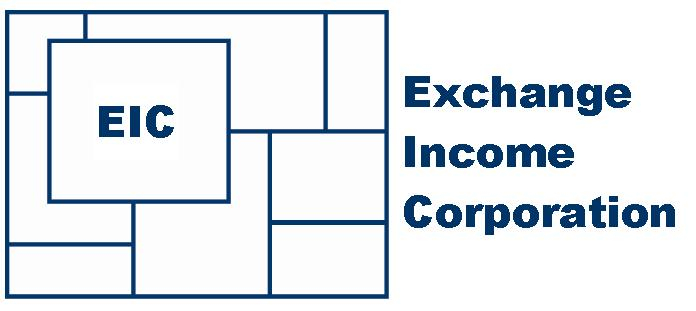
Source: businesswire | Published on: Wednesday, 18 December 2024
MALVERN, Pa.--(BUSINESS WIRE)--With winter arriving officially on Saturday, Dec. 21, preparing for snow, ice and frigid temperatures should be a priority for homeowners, renters and drivers throughout much of the U.S., according to the Insurance Information Institute (Triple-I).
“More and more policyholders are seeing the value in ‘Predict & Prevent’ for managing their risk,” said Triple-I CEO Sean Kevelighan. “Recovering from catastrophe can be difficult, as there are some things in life that may be irreplaceable when it comes to the likes of sentimental value. So, as winter sets in, Triple-I encourages property and vehicle owners to take action now to reduce their weather risks. Preventing losses creates a win-win – for consumers and insurers.”
To protect homes, rental units and vehicles during the winter months, Triple-I offers the following guidance:
Inside Your Home
Outside Your Home
The weight of snow and ice can damage a roof. Clogged gutters might allow water to seep into a house. Taking these steps should reduce these potential hazards from occurring outside a home as snow and ice accumulate.
Insurance Coverage for Winter Weather-Caused Property Damage
Standard homeowners insurance policies provide coverage for damage caused by wind, snow, and ice to property and personal possessions. Standard renters insurance policies provide coverage for winter weather-caused damage (e.g., burst pipes) to personal possessions.
Property damage caused by flooding is not covered by either standard homeowners or renters insurance policies. Melting snow that seeps into a home, apartment or condominium from the ground up would be covered by flood insurance. It is available through FEMA’s National Flood Insurance Program and dozens of private insurers.
Protection for Your Vehicles
An individual involved in an auto accident between two or more vehicles caused by wintry road conditions is covered by a standard auto insurance policy. If a tree falls on a car, or if it sustains flood damage, the damage is covered under the comprehensive portion of an auto insurance policy. Single-vehicle accidents may be covered by either comprehensive or collision coverage. Approximately 75% of U.S. drivers purchase these optional coverages.
RELATED LINKS
Articles:
Video:
About Insurance Information Institute (Triple-I)
With more than 50 insurance company members — including regional, super-regional, national and global carriers — the Insurance Information Institute (Triple-I) is the #1 online source for insurance information in the U.S. The organization’s website, blog and social media channels offer a wealth of data-driven research studies, white papers, videos, articles, infographics and other resources solely dedicated to explaining insurance and enhancing knowledge.
Unlike other sources, Triple-I’s sole focus is creating and disseminating information to empower consumers. It neither lobbies nor sells insurance. Triple-I offers objective, fact-based information about insurance – information that is rooted in economic and actuarial soundness. Triple-I is affiliated with The Institutes.